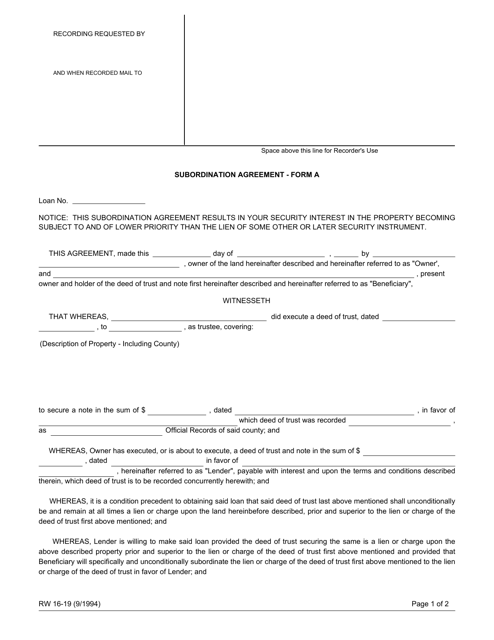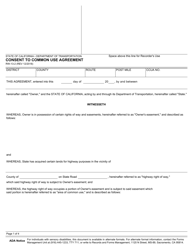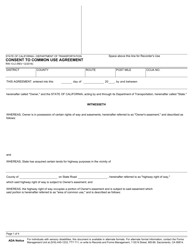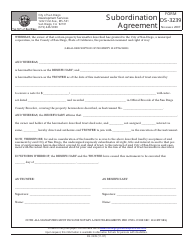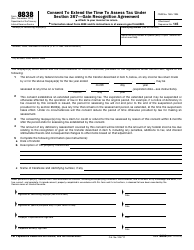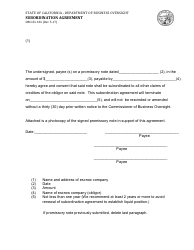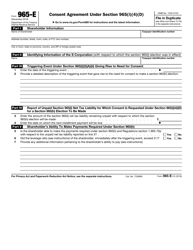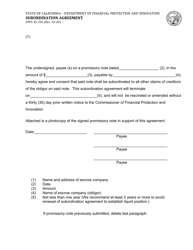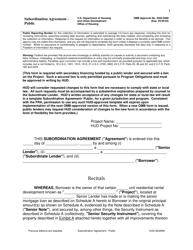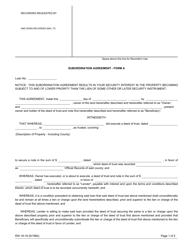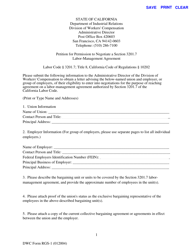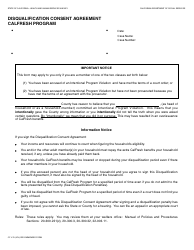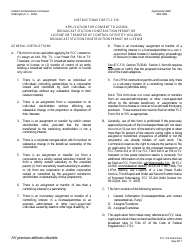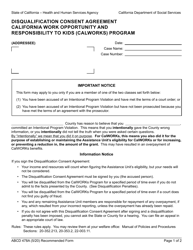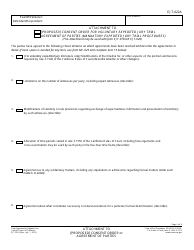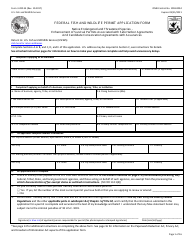Form A (RW16-19) Subordination Agreement - California
What Is Form A (RW16-19)?
This is a legal form that was released by the California Department of Transportation - a government authority operating within California. As of today, no separate filing guidelines for the form are provided by the issuing department.
FAQ
Q: What is a subordination agreement?
A: A subordination agreement is a legal document that changes the order of priority of liens or claims on a property.
Q: Why would someone need a subordination agreement?
A: Someone might need a subordination agreement if they want to refinance their mortgage or obtain a new loan while their property still has existing liens or claims.
Q: What does the subordination agreement do?
A: The agreement puts the new loan or mortgage in a higher priority position than the existing liens or claims, allowing the borrower to proceed with the refinancing or new loan.
Q: Is a subordination agreement required in California?
A: No, a subordination agreement is not required by law in California, but it may be necessary for certain financial transactions.
Q: Who prepares a subordination agreement?
A: A subordination agreement is typically prepared by a lender or the borrower's attorney.
Q: What information is included in a subordination agreement?
A: A subordination agreement typically includes details about the existing liens or claims, the new loan or mortgage, and the parties involved.
Q: Do both parties have to sign the subordination agreement?
A: Yes, both the lender or lienholder and the borrower must sign the subordination agreement.
Q: Is a subordination agreement permanent?
A: No, a subordination agreement can be temporary or permanent, depending on the terms agreed upon by the parties involved.
Form Details:
- Released on September 1, 1994;
- The latest edition provided by the California Department of Transportation;
- Easy to use and ready to print;
- Quick to customize;
- Compatible with most PDF-viewing applications;
- Fill out the form in our online filing application.
Download a fillable version of Form A (RW16-19) by clicking the link below or browse more documents and templates provided by the California Department of Transportation.
